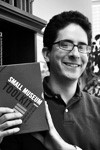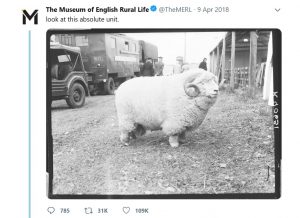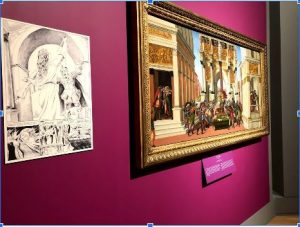by Ashley Thomas
Based upon social media popularity (over 11,000 interested attendees on Facebook for the March 15, 2019 event), you might suspect the Museum of Fine Arts (MFA)’s Late Nite program was a well-established staple in Boston’s cultural scene.…

 Scott Wands is an advocate. He advocates for humanities programming at institutions across Connecticut. He advocates for building strong relationships with and within in the community. He advocates for rolling with the punches. In fact, he just …
Scott Wands is an advocate. He advocates for humanities programming at institutions across Connecticut. He advocates for building strong relationships with and within in the community. He advocates for rolling with the punches. In fact, he just …
 The Isabella Stewart Gardner Museum was created as the vision of its founder and namesake. Isabella Stewart Gardner created the museum as an aesthetic space, surrounding visitors with beauty and inviting them to think about the ways
The Isabella Stewart Gardner Museum was created as the vision of its founder and namesake. Isabella Stewart Gardner created the museum as an aesthetic space, surrounding visitors with beauty and inviting them to think about the ways